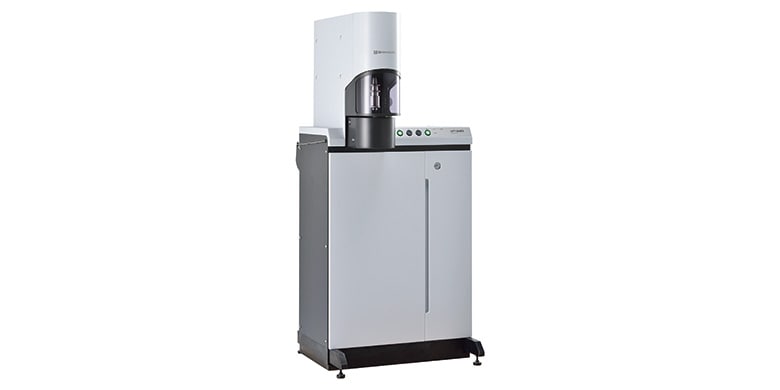
CFT-EX Series
-Measurement under high-pressure conditions similar to molding conditions is possible. -Since the samples are extruded with a constant test force, even high-viscosity materials can be tested with high accuracy.
Glass Fiber Reinforced Plastic (GFRP) is a composite material formed by solidifying glass fibers with plastic. It is widely used in various fields such as construction, electrical and electronic equipment, and transportation due to its low cost, lightweight, and durability. GFRP using short glass fibers can also be manufactured by injection molding. The appropriate temperature and pressure for injection molding vary depending on the type of resin and mold material, and improper conditions can cause molding defects such as inadequate filling, overfilling, sinking, and voids. Furthermore, the resin contained in GFRP can absorb moisture in a controlled environment, leading to changes in the material’s properties and consequently changing the appropriate molding conditions. Therefore, it is important to conduct measurements under high-pressure conditions similar to molding conditions and properly manage the materials. This article introduces examples of evaluation of viscosity differences and fluidity due to molecular weight in GFRP, as well as examples of viscosity changes due to moisture absorption.
March 6, 2024 GMT